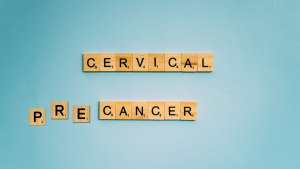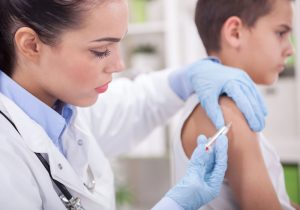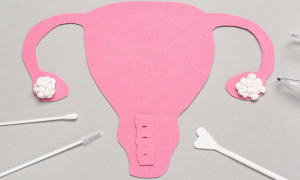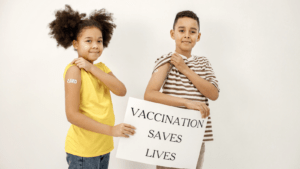The pandemic interrupted our regularly scheduled doctor’s visits. As we washed our hands and masked our faces to avoid COVID-19, we pushed off the other preventative measures we used to worry about such as mammograms, colonoscopies, and Pap test. This made sense at the time—health care facilities were overtaxed, and any visit came with the risk of exposure. It’s going to take researchers many years to determine how delayed screenings impacted cancer diagnosis and survival rates. In the meantime, public health experts need to make sure that people are back in the habit of following screening schedules.
A new study in the Journal of the American Medical Association (JAMA) compared cancer screening rates from 2019 (pre-pandemic) to those in 2021 (mid-pandemic) and 2023 (post-pandemic). Researchers used data from the National Health Interview Survey to assess screening tests for colon cancer, breast cancer, and cervical cancer. While they found that colorectal screenings and mammograms had rebounded and even surged ahead of pre-pandemic rates, cervical cancer screening lagged behind.
Between 2019 and 2023, breast cancer screening in the U.S. increased by 7% and colon cancer screening rose 12% (this included an increase in colonoscopies as well as an increase in the use of stool testing). Cervical cancers screenings, however, remained 14% lower than they’d been pre-pandemic.
The researchers broke down screening rates by education and type insurance. They found that breast cancer screening rose for women regardless of education level while colorectal screenings only went up among college-educated adults. Both breast cancer and colorectal screenings rose for people with either Medicaid or private insurance but did not go up among the uninsured.
These findings did not hold true for cervical cancer. In fact, the only increase in cervical cancer screenings was an 8% bump among college-educated women between 2021 and 2023. Even with this bump, though, cervical cancer screenings stayed below pre-pandemic levels. This study could not explain why screening for cervical cancer lagged, but the authors say it may reflect a lack of patient awareness and/or provider recommendations.
It may also reflect confusion around cervical cancer screening because recommendations have changed in recent years. There are two ways to screen for cervical cancer. The traditional method uses a Pap test. A provider swabs the cervix and sends the sample to a lab to look at the cells under a microscope. This is called cytology. It can detect both cancer and pre-cancer (abnormal changes to cells that might become cancer if left untreated). Pap tests were widely introduced in this country in the 1960s and are responsible for a tremendous drop in cervical cancer and deaths from the disease.
Since then, scientist have determined that most cervical cancer is caused by a few, high risk types of human papilloma virus (HPV). They have also developed an HPV test that can look specifically for these high-risk types of the virus. People who test negative for these types of HPV are unlikely to get cervical cancer. HPV test samples can now be self-collected though you still have to do this in a provider’s office.
How frequently you need to be tested depends on your age, which tests you’ve gotten in the past, whether you collected samples yourself, and whether your past results have been normal. (See screening recommendations here.) It is possible that patients and providers are still not familiar with the latest guidance.
The fact that cervical cancer screenings have not bounced back after the pandemic is very concerning. When caught early, cervical cancer is very treatable. Like with other cancers, late diagnoses can lead to more invasive treatments and worse outcomes.
Anyone with a cervix between ages 21 and 65 should talk to their providers about cervical cancer screening, and providers should make sure they’re up to date on the latest recommendations. There is also a vaccine that prevents high risk types of HPV that is available to people ages 9 to 45.








